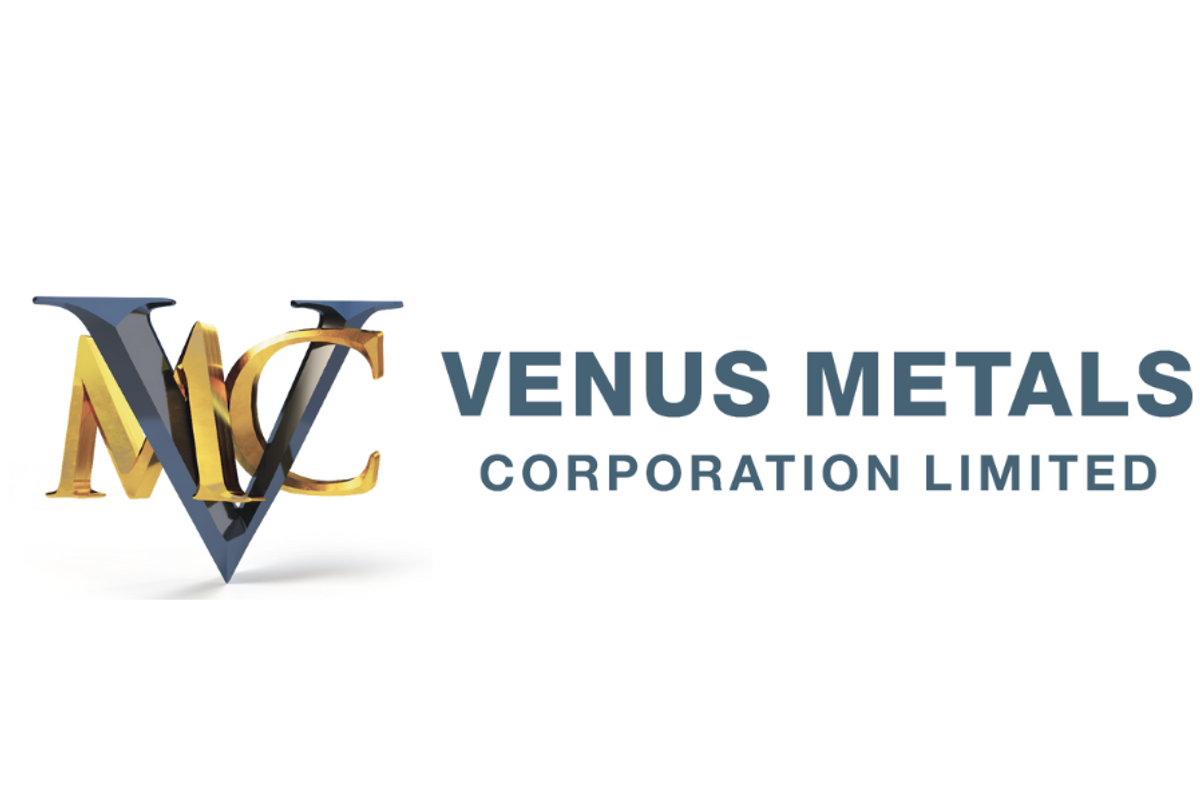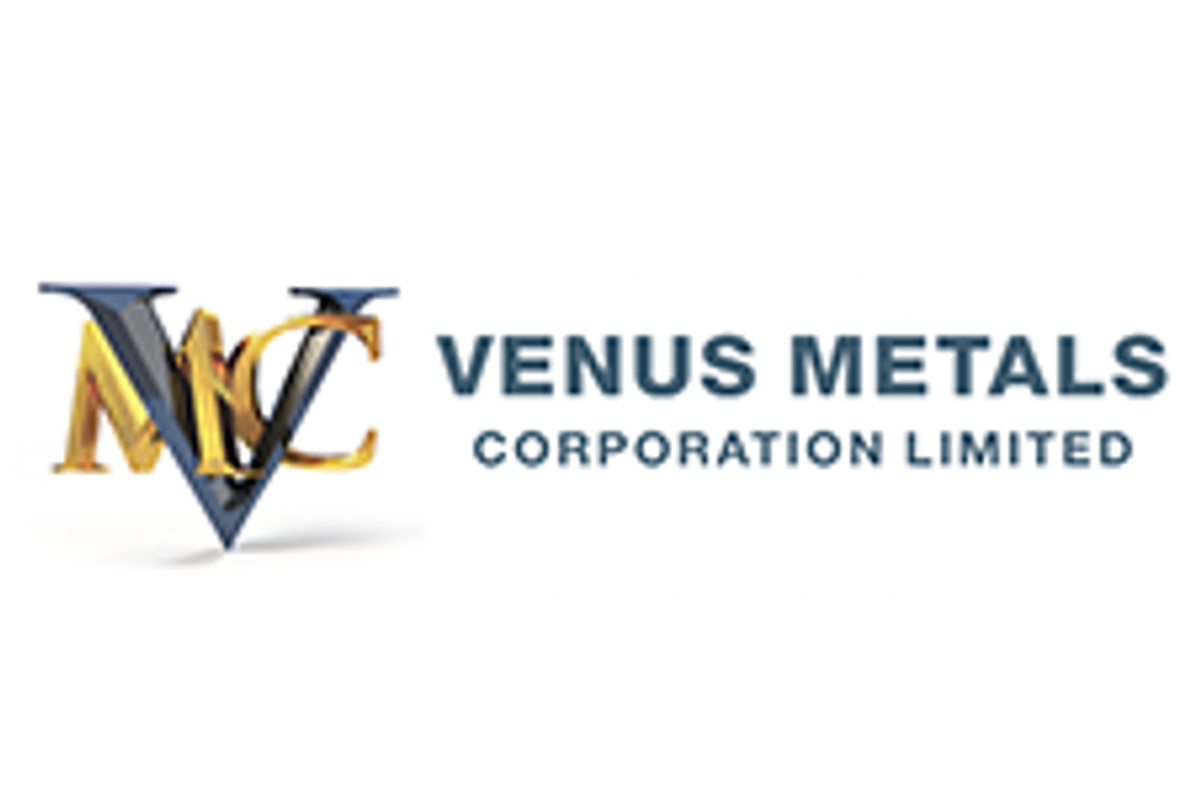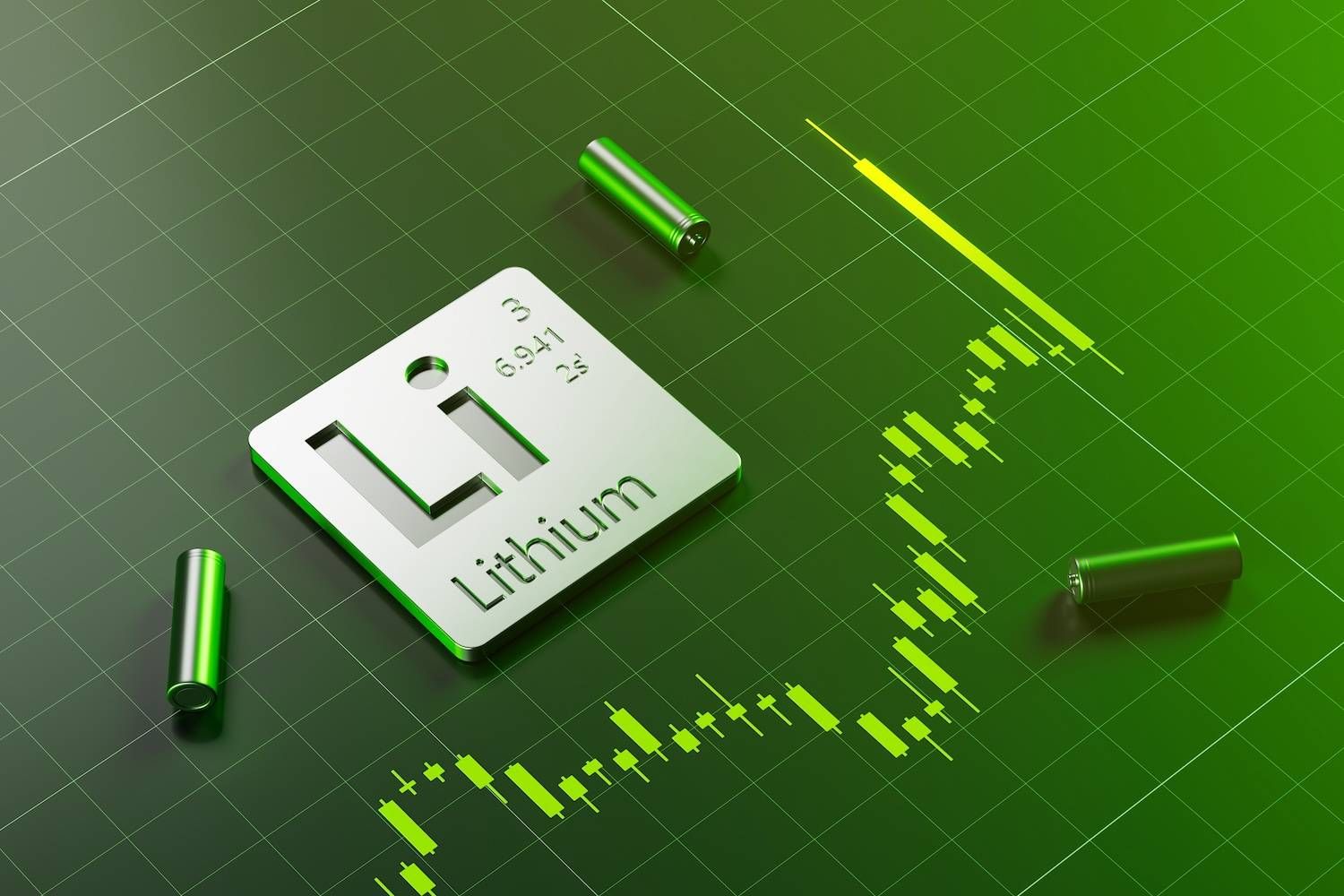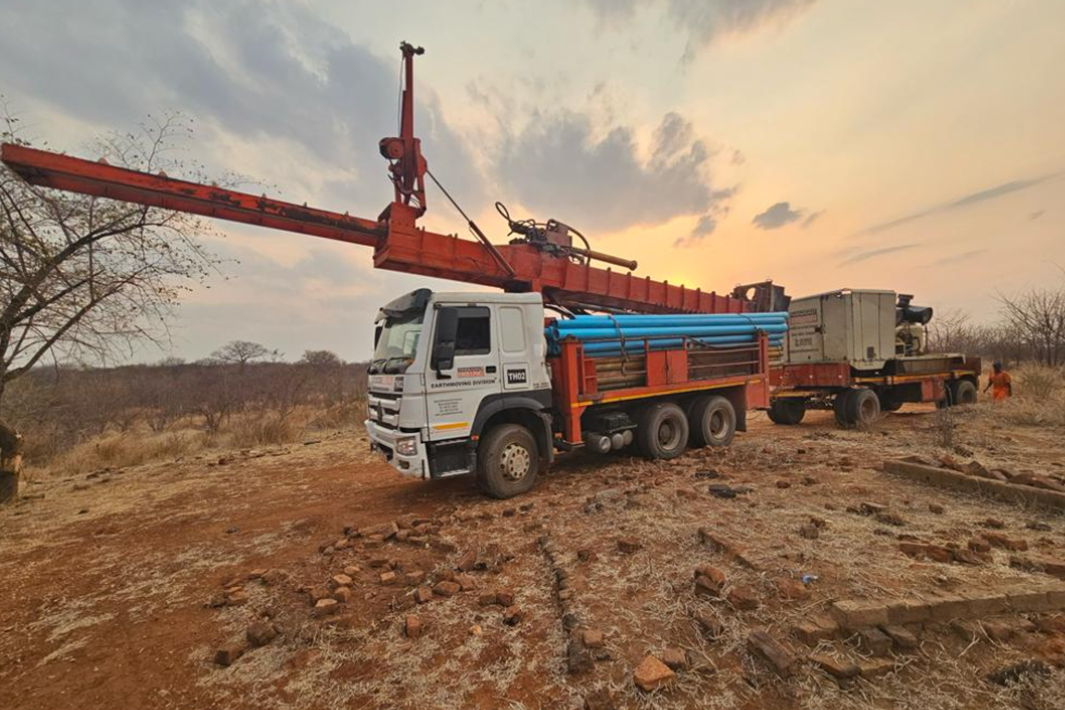
May 01, 2023
Venus Metals Corporation Limited (“VMC”) is pleased to announce that its subsidiary ("Venus Subsidiary") has entered a binding transaction with a subsidiary (“IGO Subsidiary”) of IGO Limited (ASX:IGO) regarding exploration and, if warranted, development and mineral extraction at the Henderson Nickel-Lithium Project ("Project").
HIGHLIGHTS:
- Farm-in and Joint venture in which IGO Subsidiary can progressively acquire up to a 70% interest in the Project by incurring A$4,000,000 of exploration expenditure on the Project and reimbursing VMC A$1,000,000.
- IGO Subsidiary will sole fund all Joint Venture expenditure until the completion of a pre-feasibility study in relation to the Project.
- If IGO Subsidiary completes a pre-feasibility study it has the right to acquire Venus Subsidiary's 30% interest in the Project for a price based on fair market value less an apportioned aggregation of IGO Subsidiary expenditure incurred in relation to the Project.
- Should IGO Subsidiary elect not to acquire the 30% interest, the parties will continue to be associated in an unincorporated joint venture.
Matthew Hogan, VMC's Managing Director, commented:
“We are thrilled to have cemented a further arrangement with IGO Limited regarding Nickel and Lithium exploration at our Henderson Project in an emerging combined Nickel and Lithium Province following the discovery of significant spodumene near the historical Mt Ida Gold Mine located directly north from the Project.
This follows a Farm-in/JV and Placement that occurred with IGO Limited last year in relation to the Bridgetown-Greenbushes exploration project located next to the World-Class Greenbushes Lithium Mine”.
Project Background
The Henderson Project encompasses four granted tenements held by Venus Subsidiary, E29/1112, E29/1120, E29/1121, E30/519, and one tenement held jointly by Venus Subsidiary (90%) and a prospector (10%), E30/520 (Figure 1). The project covers an approximately 800 km2 area in the central section of the Western Australian Yilgarn Craton and includes about 25 km strike length of the Mt Ida/ Ularring Greenstone Belt (Figure 1). This Greenstone Belt is historically known for its gold and nickel potential but more recently is also recognised as an emerging Lithium Province following the discovery of significant spodumene deposits near the historical Mt Ida Gold Mine by Red Dirt Metals (RDT) (refer RDT ASX release 28 September 2021). This new discovery is located 185 km south from the Kathleen Valley Lithium Deposit and 240 km northwest from the Mt Marion Lithium Mine near Kalgoorlie. RDT has defined a mineral resource of 12.7 Mt at 1.2 % Li2O (refer RDT ASX release 19 October 2022) and is pursuing a 2023 start of mining at Mt Ida, and recently announced a new discovery with a drill hole intercept of 90 m @ 0.95% Li2O (refer RDT ASX release 24 April 2023).
Click here for the full ASX Release
This article includes content from Venus Metals, licensed for the purpose of publishing on Investing News Australia. This article does not constitute financial product advice. It is your responsibility to perform proper due diligence before acting upon any information provided here. Please refer to our full disclaimer here.
VMC:AU
The Conversation (0)
14 November 2022
Venus Metals Corporation
Highly prospective critical minerals assets in Western Australia
Highly prospective critical minerals assets in Western Australia Keep Reading...
24 December
Altius Minerals to Expand Portfolio with C$520 Million Lithium Royalty Deal
Altius Minerals (TSX:ALS,OTCQX:ATUSF) is making a bet on a lithium market recovery, agreeing to acquire Lithium Royalty (TSX:LIRC) in a C$520 million deal that will expand its exposure to battery metals.Under a definitive agreement announced by the two companies on Monday (December 22), Altius... Keep Reading...
23 December
Liontown's First Tjiwarl Member Completes Apprenticeship at Kathleen Valley
Liontown (ASX:LTR,OTC Pink:LINRF) has reached a milestone at its Kathleen Valley operations, with Vaughan Harris becoming the first Tjiwarl community member to complete an apprenticeship with the company.“Being the first Tjiwarl apprentice to complete an apprenticeship here at Liontown feels... Keep Reading...
22 December
Lithium Market 2025 Year-End Review
The global lithium market endured a bruising 2025, with persistent oversupply and softer-than-expected electric vehicle (EV) demand driving prices for the battery metal to multi-year lows.Lithium carbonate prices in North Asia slipped below US$9,550 per metric ton in February — their weakest... Keep Reading...
11 December
Mining the Gap: 5 Forces Shaping North America’s Lithium Supply Chain
A convergence of industry investments, government initiatives and a shifting global trade dynamic is creating an environment ripe for the development of a North American battery supply chain, with lithium playing a leading role. These trends are reshaping the region’s industrial base and opening... Keep Reading...
10 December
Rock Bottom: Strategic Window for Ground-level Lithium Investment
When lithium prices hit bottom, savvy investors know that’s exactly where the next big discovery begins — literally. Beneath the surface of global markets and remote exploration grounds, new opportunities are forming in the wake of a sharp price reset and renewed geopolitical urgency.Recent... Keep Reading...
10 December
Liontown Resources Pens Lithium Offtake Agreement with China's Canmax
Liontown Resources (ASX:LTR,OTC Pink:LINRF) has executed a binding offtake agreement with Chinese conglomerate Canmax Technologies (SZSE:300390) as part of its strategy to diversify its customer base.“Listed on the Shenzhen Stock Exchange, Canmax is one of the world’s leading manufacturers of... Keep Reading...
Latest News
Interactive Chart
Latest Press Releases
Steadright Grants Stock Options
24 December
Silverco Confirms No Material Change
24 December
Related News
TOP STOCKS
American Battery4.030.24
Aion Therapeutic0.10-0.01
Cybin Corp2.140.00






